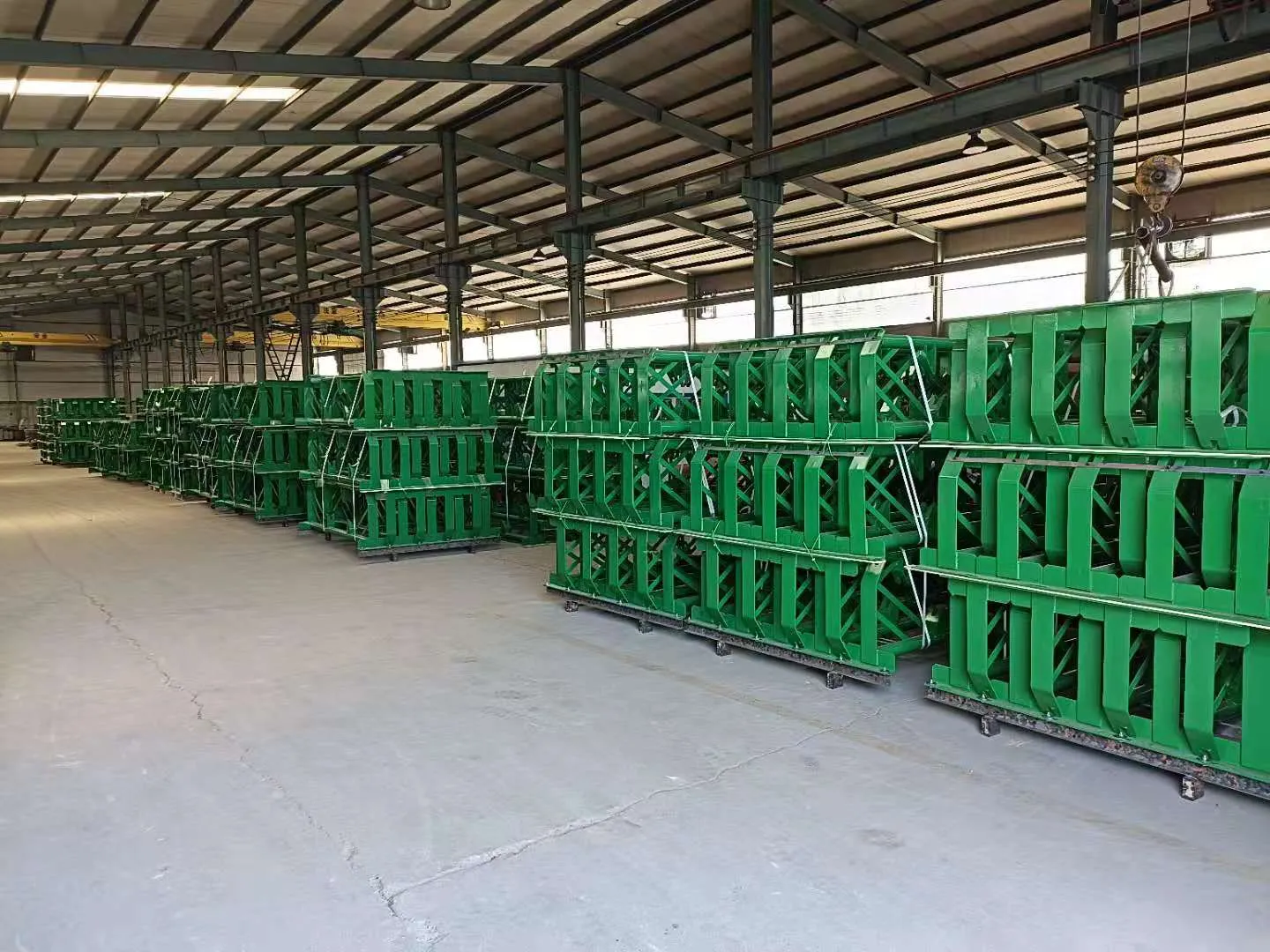 Afrikaans
Afrikaans  Albanian
Albanian  Amharic
Amharic  Arabic
Arabic  Armenian
Armenian  Azerbaijani
Azerbaijani  Basque
Basque  Belarusian
Belarusian  Bengali
Bengali  Bosnian
Bosnian  Bulgarian
Bulgarian  Catalan
Catalan  Cebuano
Cebuano  Corsican
Corsican  Croatian
Croatian  Czech
Czech  Danish
Danish  Dutch
Dutch  English
English  Esperanto
Esperanto  Estonian
Estonian  Finnish
Finnish  French
French  Frisian
Frisian  Galician
Galician  Georgian
Georgian  German
German  Greek
Greek  Gujarati
Gujarati  Haitian Creole
Haitian Creole  hausa
hausa  hawaiian
hawaiian  Hebrew
Hebrew  Hindi
Hindi  Miao
Miao  Hungarian
Hungarian  Icelandic
Icelandic  igbo
igbo  Indonesian
Indonesian  irish
irish  Italian
Italian  Japanese
Japanese  Javanese
Javanese  Kannada
Kannada  kazakh
kazakh  Khmer
Khmer  Rwandese
Rwandese  Korean
Korean  Kurdish
Kurdish  Kyrgyz
Kyrgyz  Lao
Lao  Latin
Latin  Latvian
Latvian  Lithuanian
Lithuanian  Luxembourgish
Luxembourgish  Macedonian
Macedonian  Malgashi
Malgashi  Malay
Malay  Malayalam
Malayalam  Maltese
Maltese  Maori
Maori  Marathi
Marathi  Mongolian
Mongolian  Myanmar
Myanmar  Nepali
Nepali  Norwegian
Norwegian  Norwegian
Norwegian  Occitan
Occitan  Pashto
Pashto  Persian
Persian  Polish
Polish  Portuguese
Portuguese  Punjabi
Punjabi  Romanian
Romanian  Russian
Russian  Samoan
Samoan  Scottish Gaelic
Scottish Gaelic  Serbian
Serbian  Sesotho
Sesotho  Shona
Shona  Sindhi
Sindhi  Sinhala
Sinhala  Slovak
Slovak  Slovenian
Slovenian  Somali
Somali  Spanish
Spanish  Sundanese
Sundanese  Swahili
Swahili  Swedish
Swedish  Tagalog
Tagalog  Tajik
Tajik  Tamil
Tamil  Tatar
Tatar  Telugu
Telugu  Thai
Thai  Turkish
Turkish  Turkmen
Turkmen  Ukrainian
Ukrainian  Urdu
Urdu  Uighur
Uighur  Uzbek
Uzbek  Vietnamese
Vietnamese  Welsh
Welsh  Bantu
Bantu  Yiddish
Yiddish  Yoruba
Yoruba  Zulu
Zulu Self-Aligning Return Idler for Enhanced Conveyor System Efficiency and Durability
The Evolution and Benefits of Self-Aligning Return Idlers
In the world of conveyor systems, the efficiency and reliability of the mechanisms that transport materials play a crucial role in various industries, from mining to manufacturing. One of the pivotal components in a conveyor system is the idler, which significantly influences the overall performance of the system. Among the various designs available, the self-aligning return idler has emerged as a game-changer, addressing several challenges faced by traditional conveyor idlers.
Understanding Self-Aligning Return Idlers
Self-aligning return idlers are specifically designed to maintain proper alignment of the conveyor belt during operation. Unlike conventional return idlers, which can suffer from misalignment due to various operational factors, self-aligning return idlers include features that allow them to automatically adjust to the belt's position. This functionality minimizes the risk of belt damage and enhances the longevity of the entire conveyor system.
The Structural Design
At the core of the self-aligning return idler's innovation is its structure. Typically, these idlers incorporate a pivoting mechanism that enables the roller to adjust along a certain axis. When the conveyor belt shifts off its intended path, the self-aligning return idler automatically pivots, aligning itself with the belt's new position. This self-correcting feature is essential in preventing uneven wear and tear on both the belt and the idler, thereby reducing maintenance requirements and downtime.
Key Benefits
self aligning return idler

1. Reduced Maintenance Costs One of the most significant advantages of self-aligning return idlers is the reduction in maintenance costs. Traditional idlers often require frequent adjustments and replacements due to misalignment issues. In contrast, self-aligning return idlers need less intervention, allowing maintenance teams to focus on more critical tasks, thus saving time and operational costs.
2. Improved Material Handling With better alignment comes improved efficiency in material handling. Self-aligning return idlers ensure that the belt runs smoothly, reducing friction and wear. This efficiency is particularly beneficial in high-capacity operations where any downtime can translate into substantial financial losses.
3. Enhanced Safety Conveyor systems can pose safety hazards, especially when belts become misaligned, leading to potential accidents or equipment failures. Self-aligning return idlers contribute to a safer working environment by minimizing these risks and providing a more reliable conveyor operation.
4. Increased Lifespan of Conveyor Components The wear and tear on a conveyor system's components can be exacerbated by misalignment. Self-aligning return idlers help maintain proper alignment, which not only prolongs the life of the idler itself but also extends the lifespan of the conveyor belt and related equipment.
5. Versatility in Various Applications These idlers are highly adaptable and can be employed in a wide range of industries and applications. From heavy-duty mining operations to food processing facilities, self-aligning return idlers can handle diverse material types and conditions, proving their versatility.
Conclusion
The introduction of self-aligning return idlers has revolutionized conveyor system design and operation. By combining innovative structural features with practical benefits, these idlers address common issues associated with traditional idler systems. As industries continue to seek ways to improve operational efficiency and reduce costs, the adoption of self-aligning return idlers is likely to become even more prevalent. With their ability to enhance overall conveyor performance, safety, and reliability, self-aligning return idlers represent a significant advancement in material handling technology. As such, they are an integral component for any forward-thinking operation aiming for efficiency and sustainability in their processes.
-
Revolutionizing Conveyor Reliability with Advanced Rubber Lagging PulleysNewsJul.22,2025
-
Powering Precision and Durability with Expert Manufacturers of Conveyor ComponentsNewsJul.22,2025
-
Optimizing Conveyor Systems with Advanced Conveyor AccessoriesNewsJul.22,2025
-
Maximize Conveyor Efficiency with Quality Conveyor Idler PulleysNewsJul.22,2025
-
Future-Proof Your Conveyor System with High-Performance Polyurethane RollerNewsJul.22,2025
-
Driving Efficiency Forward with Quality Idlers and RollersNewsJul.22,2025





























